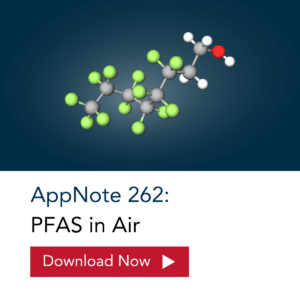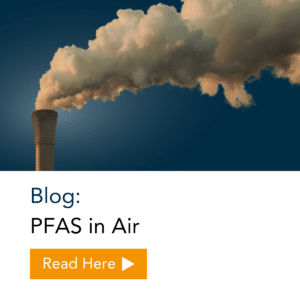A New Standard for Indoor Air: ASTM D8591-24
As awareness of PFAS contamination continues to grow, the focus has largely been on water and food—until now. Recent research has revealed that indoor air may also be a significant route of exposure, particularly through volatile PFAS such as fluorotelomer alcohols (FTOHs). These compounds are emitted from commonly used consumer products like carpeting, textiles, and waterproof coatings, and they can degrade into persistent substances such as PFOA.
To address this emerging concern, ASTM International released ASTM D8591-24, the first standard test method for determining FTOHs in indoor air. The method uses thermal desorption-gas chromatography-triple quadrupole mass spectrometry (TD-GC-MS/MS) to quantify airborne PFAS with accuracy and precision.

Why ASTM D8591-24 Is Important
While most PFAS regulations focus on non-volatile compounds in drinking water, volatile species like FTOHs are more likely to enter the human body through inhalation. Studies have found that FTOHs are present in nearly every indoor environment, from kindergartens to corporate offices. Without a standardized approach to detection, labs struggled with inconsistent data and underreporting.
ASTM D8591-24 provides an urgently needed framework for monitoring these compounds. It offers validated procedures, quality control parameters, and instrumentation guidelines to help environmental labs reliably assess indoor air quality and identify PFAS emission sources.
GERSTEL’s Role in Method Development
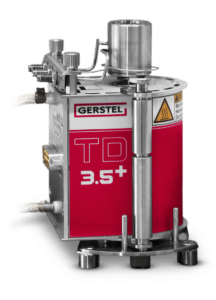
GERSTEL played a central role in developing ASTM D8591-24, contributing both instrumentation and expertise to the collaborative effort. Working alongside Dr. Xiaoyu Liu at the U.S. Environmental Protection Agency (EPA) under a cooperative research and development agreement (CRADA) and Eurofins Air Toxics, GERSTEL helped establish the analytical workflow that now forms the basis of the standard.
This effort began in 2019 and included years of method refinement, instrument optimization, and interlaboratory testing after D8591-24 is being published. Using GERSTEL’s Teflon-free TD technology, GERSTEL laboratories in Baltimore, MD, and Mülheim an der Ruhr, Germany, participated the interlaboratory study organized by EPA with seven other labs, including EPA’s Center for Environmental Measurement and Modeling, Agilent Technologies, and Eurofins, ensuring the method was reproducible across diverse settings.
Inside the Method: How ASTM D8591-24 Works
ASTM D8591-24 relies on active air sampling and thermal desorption-GC-MS/MS analysis to quantify low levels of FTOHs in air. The method requires:
- Active time-weighted average sample (e.g., 40 mL/min over 24 hours (totaling 57.6 L of air))
- Sorbent-packed TD tubes, such as GERSTEL’s Teflon-free PFCA tubes
- Cryogen-free (dynamic) focusing, for example, using GERSTEL’s automated thermal desorption (TD 3.5⁺) system
- Triple quadrupole detection with MRM (Multiple Reaction Monitoring) for improved selectivity
- Target analytes including 4:2, 6:2, 8:2, and 10:2 FTOHs
Using this approach, the method achieves detection limits in the low parts-per-trillion (ppt) range, making it highly sensitive for trace-level PFAS exposure assessment.
GERSTEL Solutions Supporting ASTM D8591-24
To fully support the implementation of ASTM D8591-24, GERSTEL offers a range of solutions tailored for PFAS determination in air:
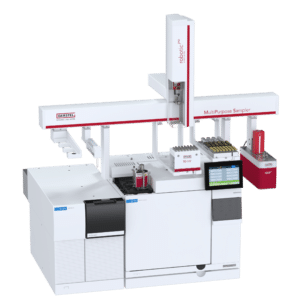
Automated Thermal Desorption (TD 3.5+) System: A cryogen-free platform with dynamic focusing and no valves or transfer lines, reducing contamination and carryover.
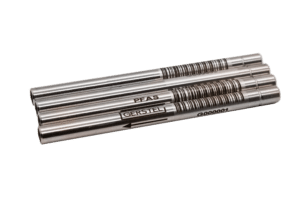
Teflon-Free PFCA Tubes: Specially designed sorbent tubes eliminate the risk of background PFAS contamination, with seals made from Delrin instead of PTFE.
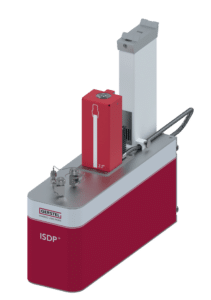
Internal Standard Spiking and Dry Purge⁺ (ISDP⁺) System: Provides higher precision when using internal standards, (gas or liquid standards can be used), utilizing syringes to inject either fixed or variable volumes of standards, and improved performance and quality with dry purging.

PFAS-Free Sampling Pathways: GERSTEL systems are engineered without Teflon in the flow path, a critical requirement for legally defensible PFAS determination.
These innovations ensure that labs can meet the strict contamination controls required for ASTM D8591-24 while maintaining operational efficiency and data integrity.
Real-World Results: PFAS Are Everywhere
During the method validation, GERSTEL sampled indoor air in homes and offices using the D8591-24 workflow, as detailed in AppNote 262. The results showed that FTOHs were detected in every location, with 6:2 FTOH being the most prevalent.

These findings confirm what previous studies have shown: volatile PFAS are not isolated issues; they’re everywhere.
Even low concentrations, measured in the low ppb to ppt range, represent a concern due to bioaccumulation. The new standard allows analysts to reliably detect these trace levels, providing a scientific foundation for risk assessment and mitigation.
Conclusion: Breathing Easier with Better Standards
The release of ASTM D8591-24 marks a major milestone in environmental monitoring. By providing a consistent, validated method for measuring volatile PFAS in indoor air, it empowers regulators, researchers, and testing labs to better protect public health.
GERSTEL’s contribution, through method development, instrumentation, and validation, has been instrumental in bringing this standard to life. With decades of experience in thermal desorption and automated sample preparation, GERSTEL continues to lead the way in accurate and sustainable PFAS determination.

